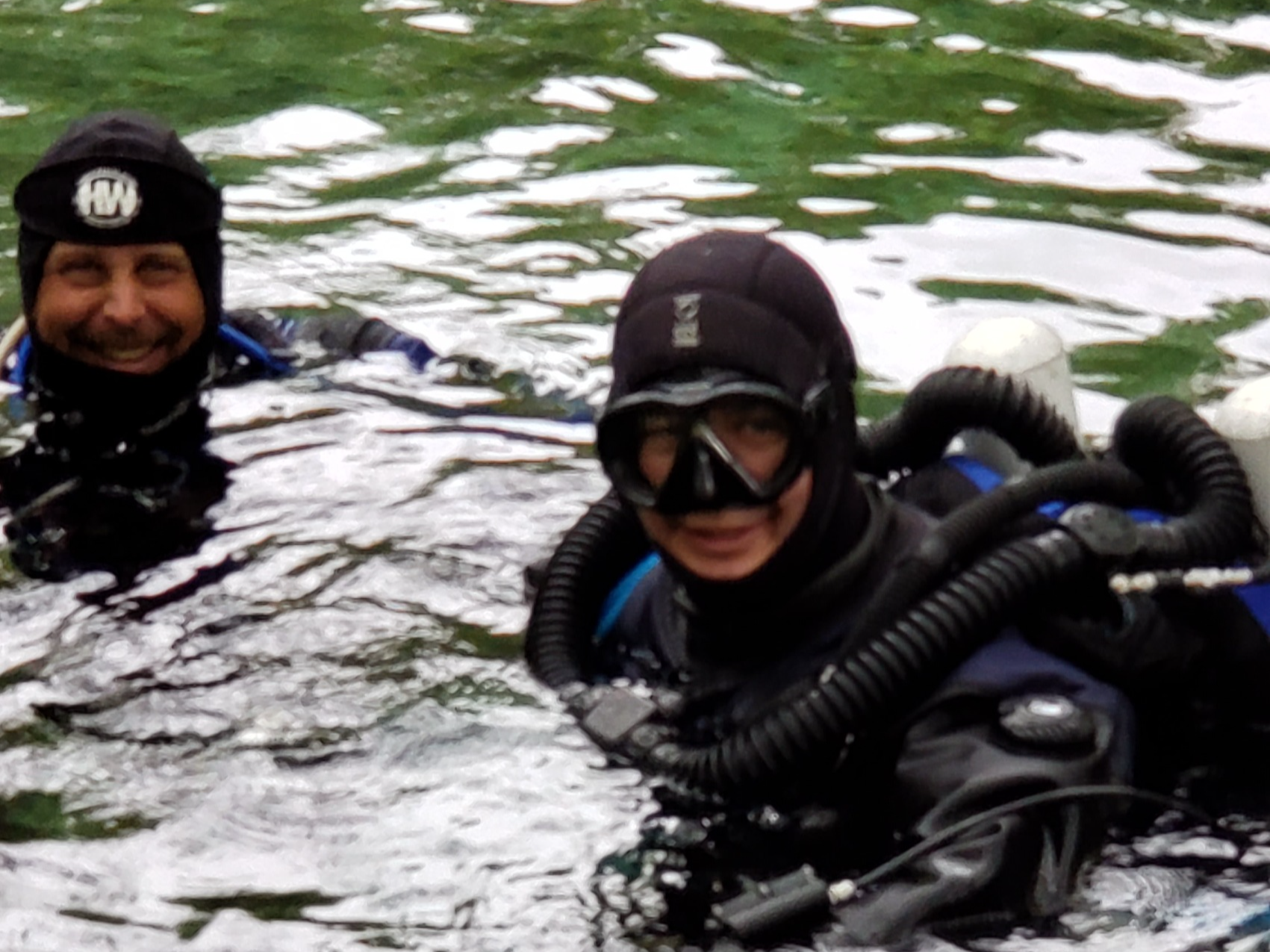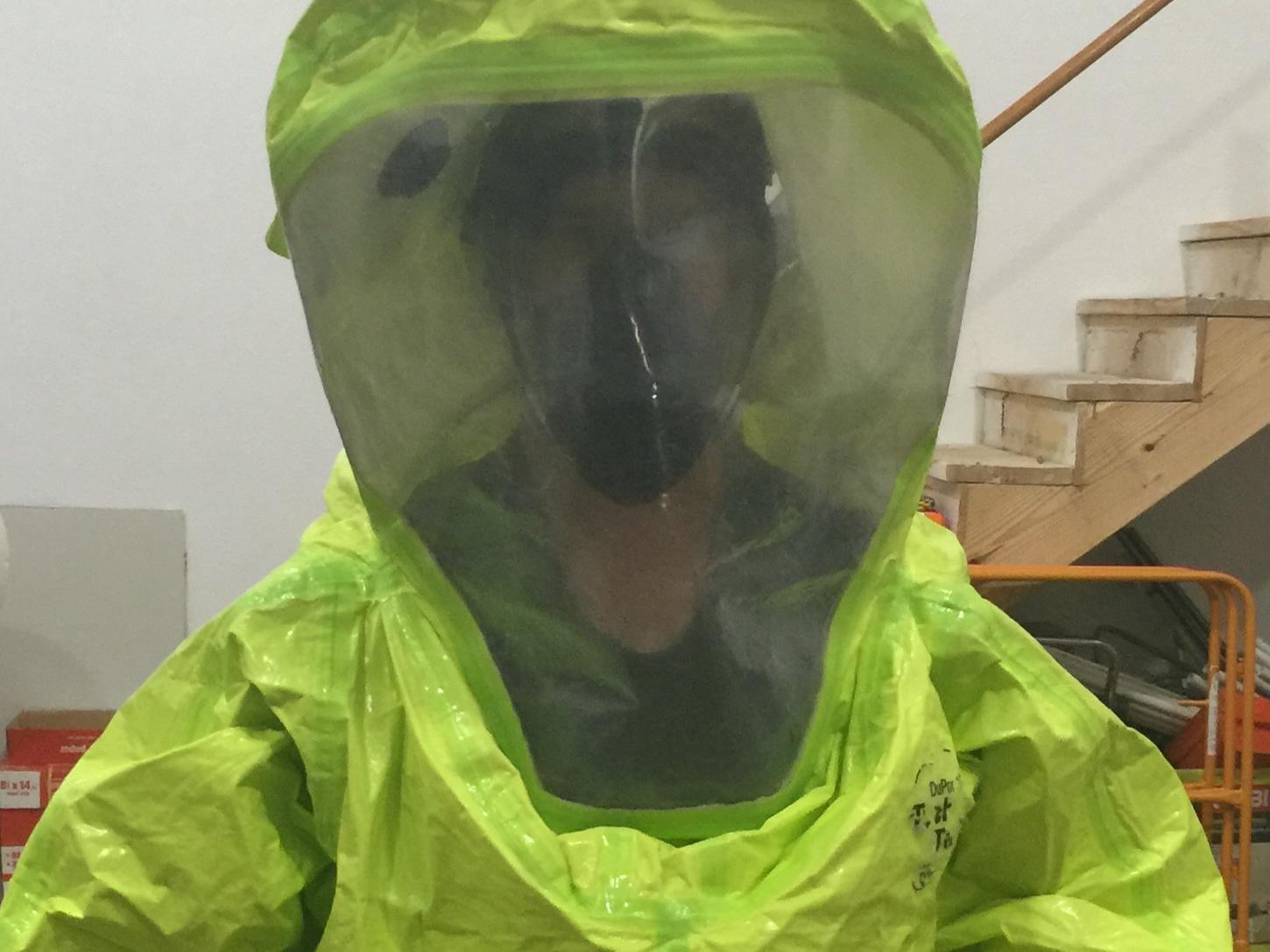Safety and First Aid Around Chemicals

Safety and First Aid Around Chemicals and Their Variants By Kyle Vandermolen
Published on: 01/12/2024
In today's industrialized world, chemicals play a pivotal role in numerous aspects of our lives. From manufacturing processes to household products, we encounter various chemicals and their variants on a daily basis. While these substances bring countless benefits, they also pose potential risks if mishandled. Therefore, it is crucial to prioritize safety and have a good understanding of first aid procedures when working with chemicals and their variants, as Kyle Vandermolen noted.
Before delving into the specifics of first aid, it is essential to highlight the importance of prevention. To minimize the chances of chemical accidents, one should always adhere to the following preventive measures:
Proper Training: Ensure that individuals working with chemicals receive adequate training to understand the properties, hazards, and safe handling procedures for each substance.
Protective Gear: Use appropriate personal protective equipment (PPE) such as gloves, goggles, and lab coats to shield the body from direct contact with chemicals.
Storage and Labeling: Store chemicals in designated areas with clear labels indicating their names, hazards, and expiry dates. This helps in preventing accidental mix-ups.
In the event of a chemical exposure or accident, prompt first aid can make a significant difference. Here are some crucial steps to follow:
Eye Exposure: If a chemical splashes into the eyes, rinse the affected eye gently with clean, lukewarm water for at least 15 minutes. Hold the eyelids open and seek immediate medical attention.
Skin Contact: If chemicals come in contact with the skin, immediately remove contaminated clothing and rinse the affected area with water for at least 15 minutes. Seek medical attention if irritation or chemical burns occur.
Inhalation: In case of inhaling harmful chemicals, move to a well-ventilated area and seek fresh air. If breathing difficulties persist, contact emergency services.
Ingestion: If someone swallows a harmful chemical, do not induce vomiting unless advised by a medical professional. Rinse the mouth with water and seek immediate medical attention.
Chemical Fires: In the event of a chemical fire, use the appropriate fire extinguisher, following safety protocols. Evacuate the area and alert emergency services.
Having access to emergency contact information, such as poison control centers and local hospitals, is crucial. Knowing whom to call can save precious minutes during an emergency.
Chemicals and their variants are an integral part of modern life, but their potential hazards cannot be overlooked. By adhering to safety measures, being prepared with first aid knowledge, and having emergency contacts readily available, we can ensure a safer environment when working with chemicals. Remember, it's not just about handling chemicals; it's also about handling them safely.








